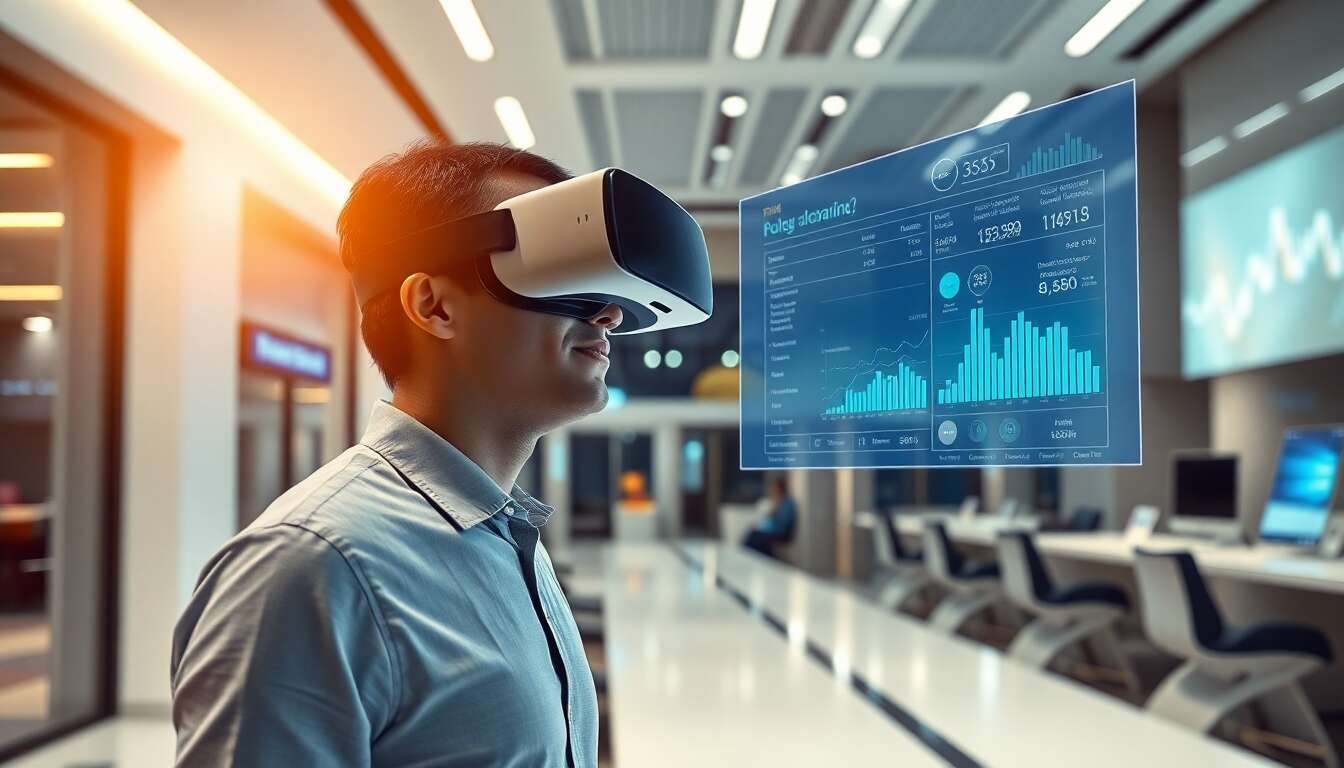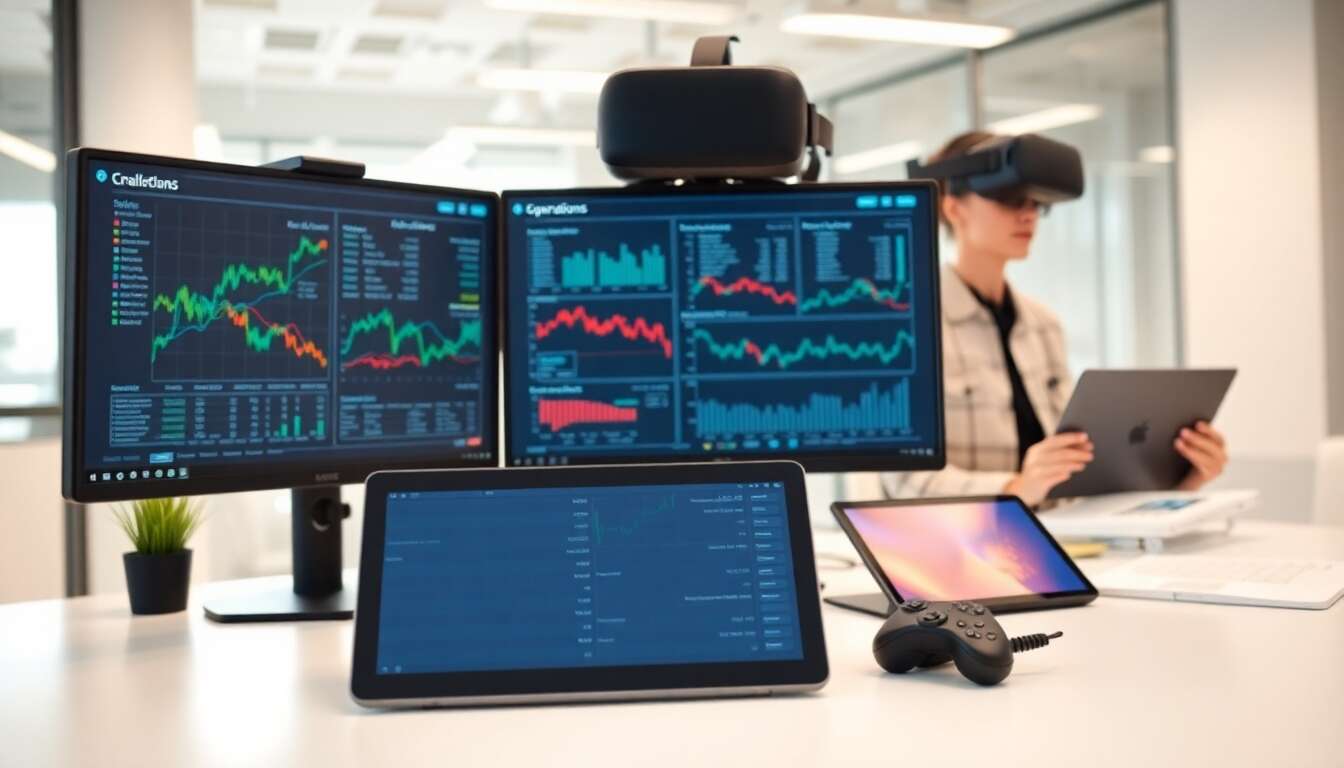In the rapidly evolving landscape of technology, innovations in transactional applications continue to transform the financial sector. These developments promise greater efficiency, security, and convenience for users worldwide. Understanding these technological advancements is crucial for both consumers and businesses aiming to leverage these tools effectively.
Artificial Intelligence and Transactional Payments
The Role of AI in Modern Transactions
Artificial intelligence (AI) is revolutionizing the way transactions are processed by enhancing speed and accuracy. AI algorithms can analyze vast amounts of data to detect fraudulent activities, streamline customer service, and improve transaction processing.
Benefits of AI in Payments
AI offers numerous advantages, including:
- Fraud detection: AI systems can identify suspicious patterns and alert users to potential threats.
- Customer service: Chatbots and virtual assistants provide 24/7 support, improving user experience.
- Transaction efficiency: Automated processes reduce manual errors and speed up payment processing.
As AI continues to evolve, its integration into transactional payments will likely expand, offering even more advanced solutions.
Blockchain: towards Secure Transactions

Understanding Blockchain Technology
Blockchain provides a decentralized ledger system, ensuring secure and transparent transactions. This technology eliminates the need for intermediaries, thus reducing costs and enhancing security.
Advantages of Blockchain in Payments
Blockchain offers several benefits:
- Security: Transactions are encrypted and cannot be altered, providing robust protection against fraud.
- Transparency: All transactions are recorded on a public ledger, ensuring accountability.
- Reduced costs: By cutting out intermediaries, transaction fees are significantly lowered.
With these advantages, blockchain is set to become a cornerstone of secure financial transactions.
Impact of 5G on Financial Applications
The 5G Revolution
5G technology is poised to dramatically enhance financial applications by providing faster and more reliable connectivity. This advancement allows for real-time data processing and improved user experiences.
Implications for Financial Services
5G impacts financial services in various ways:
- Real-time transactions: Faster speeds enable instantaneous payment processing.
- Enhanced mobile banking: Improved connectivity facilitates seamless mobile transactions.
- Innovative services: 5G supports the development of sophisticated financial applications and services.
The widespread adoption of 5G will likely accelerate the growth of mobile and digital banking solutions.
Internet of Things and Real-Time Transactions
Integrating IoT with Financial Systems
The Internet of Things (IoT) connects various devices, enabling them to communicate and transact without human intervention. This connectivity facilitates real-time transactions and data exchange.
Benefits of IoT in Transactions
IoT offers several advantages:
- Automation: Devices can autonomously execute transactions based on pre-set conditions.
- Efficiency: Real-time data exchange improves transaction speed and accuracy.
- Personalization: IoT enables tailored financial services based on user behavior and preferences.
As IoT continues to proliferate, its integration with financial systems will drive further innovation and efficiency.
Enhanced Security for Digital Payments

Strengthening Payment Security
As digital payments become more prevalent, ensuring their security is paramount. Innovations in encryption and authentication technologies are enhancing the safety of digital transactions.
Key Security Measures
Some of the most effective security measures include:
- Biometric authentication: Fingerprint and facial recognition technologies add an extra layer of security.
- Multi-factor authentication: Combining multiple verification methods reduces the risk of unauthorized access.
- Advanced encryption: Ensures data is protected during transmission and storage.
By adopting these measures, digital payment systems can significantly reduce the risk of fraud and enhance user trust.
Virtual and Augmented Reality in the Banking Sector

Emerging Technologies in Banking
Virtual and augmented reality (VR/AR) technologies offer new possibilities for enhancing customer experience in the banking sector. These tools are used for immersive interactions and improved financial education.
Applications of VR/AR in Banking
VR and AR can be applied in various ways:
- Interactive banking: Customers can engage with virtual bank branches for a more immersive experience.
- Financial education: VR/AR tools can be used to simulate financial scenarios for better understanding.
- Remote assistance: Augmented reality can facilitate real-time support and advisory services.
By integrating VR and AR, the banking sector can offer more engaging and informative services to its customers.
In summary, technological innovations are reshaping transactional applications, offering enhanced security, efficiency, and user experiences. As these technologies continue to evolve, they will play a pivotal role in the future of financial transactions. Stakeholders must stay informed and adapt to leverage these advancements effectively.



